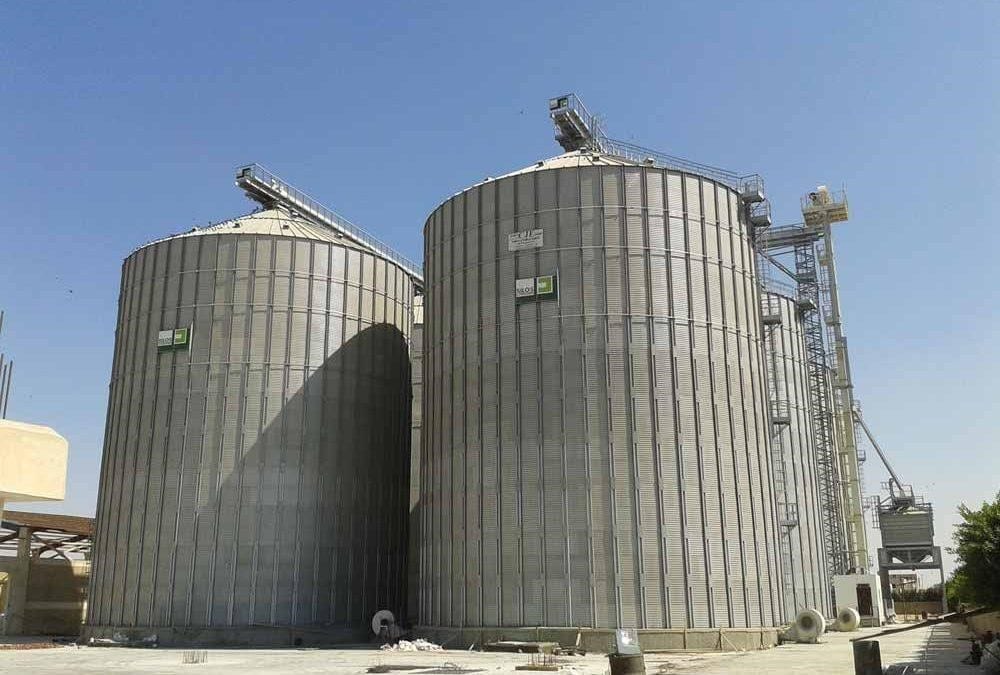Environmental Location Authorization (VAL) for a Grain Collection Facility
04/2016-06/2016

In order to determine the scope of the Project allocation and its future impact, AAE reviewed all the documents submitted to obtain the VAL in 2012 by Juango Logística SA for the establishment and operation of the Grain collection facility. In addition, AAE reviewed whether there was incompatibility of uses and a detailed description was made, as well as the possible impacts and mitigation measures foreseen by the Project.
Main tasks
- Meetings with client and camera;
- Preparation of the first draft of the Plan;
- Presentation of the first draft before DINAMA;
- Incorporation of DINAMA comments to the draft Plan;
- Work sessions with Juango Management;
- Preparation of the VAL document;
- Incorporation of comments and possible observations.
Main outputs
- VAL presented to the Directorate of Environmental Impact Assessment and Licensing.
Others projects of potential interest
Contact Us
- aae@aae.com.uy
- +598 2900 34 55
Office
- Plaza Independencia 808, Apt. 1001 11000 Montevideo, Uruguay







